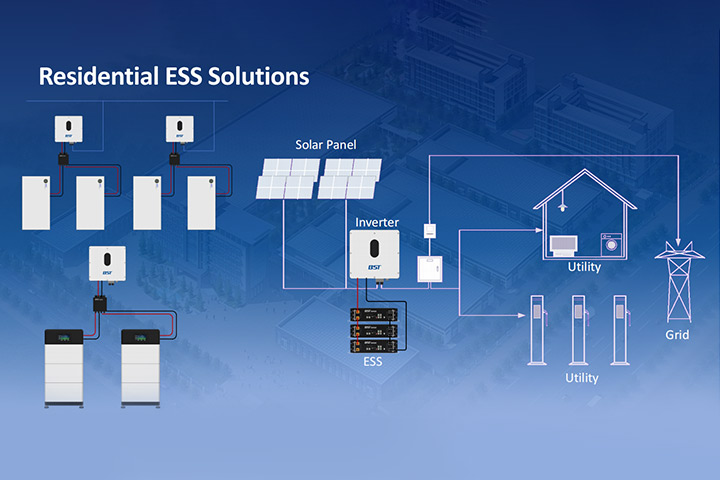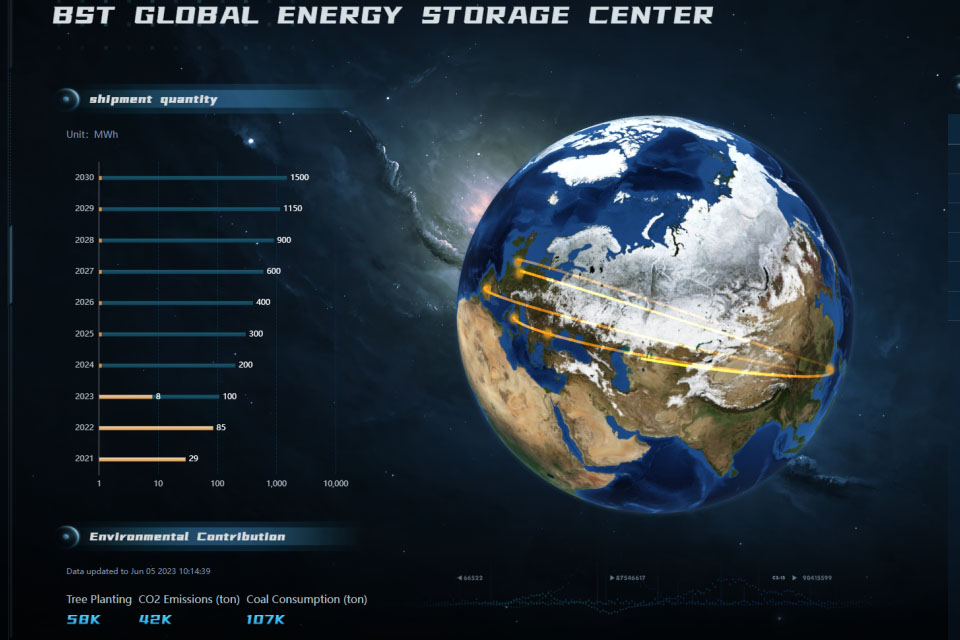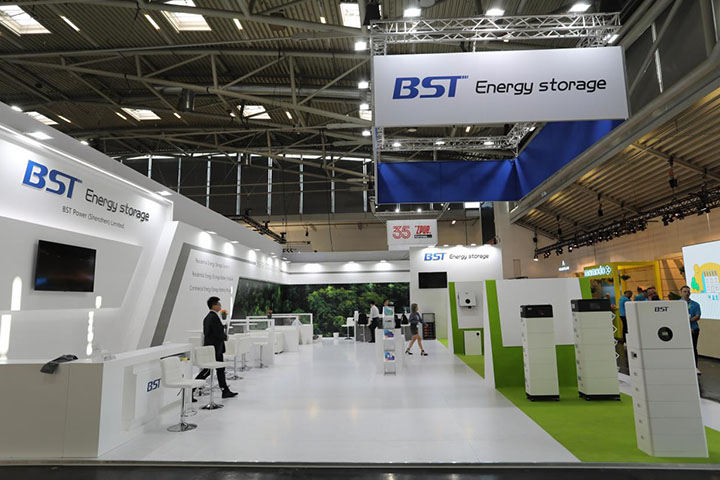I. Introduction
As global climate change becomes increasingly severe, carbon emissions have become the main driver of the greenhouse effect and global warming. Global warming not only threatens the ecological environment but also has profound impacts on human survival and development. Therefore, reducing carbon emissions has become a shared goal of countries worldwide. However, carbon emissions come from various sources in daily production and life, and the five major sources are critical. This article will analyze these five major carbon emission sources, and their associated hazards, and discuss how to prevent and mitigate them effectively.
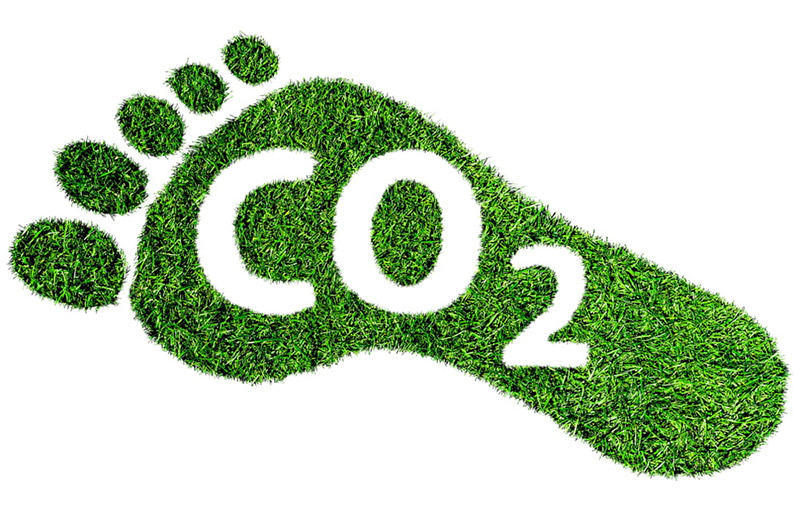
II. Analysis of the Five Major Carbon Emission Sources
1. Combustion of Fossil Fuels (Coal, Oil, Natural Gas)
- Source Analysis:
The combustion of fossil fuels is the largest source of carbon emissions globally. Electricity generation, industrial manufacturing, and transportation are largely dependent on fossil fuels such as coal, oil, and natural gas. More than two-thirds of global energy consumption relies on fossil fuels, especially coal, which is a major contributor to carbon emissions. - Hazards:
The carbon dioxide released from burning fossil fuels directly exacerbates the greenhouse effect, leading to global warming. Air pollutants such as sulfur dioxide and nitrogen oxides not only damage air quality but also cause respiratory diseases, cardiovascular issues, and other health problems. Moreover, the excessive extraction of fossil fuels leads to environmental degradation, such as water pollution and soil erosion. - Prevention Measures:
To reduce carbon emissions from fossil fuels, it is essential to develop and promote renewable energy sources such as solar, wind, hydro, and geothermal power. These alternatives should gradually replace coal, oil, and natural gas. Additionally, the development of electric vehicles, public transportation, and other low-carbon transport options will help reduce emissions in the transportation sector. Carbon capture and storage (CCS) technologies can also play a crucial role in reducing emissions from fossil fuel use.
2. Industrial Emissions (Steel, Cement, Chemicals, etc.)
- Source Analysis:
Industrial production, particularly in heavy industries such as steel, cement, and chemicals, emits large amounts of carbon dioxide. During these manufacturing processes, especially in smelting, combustion, and chemical reactions, substantial greenhouse gases are released. Industrial emissions account for a significant portion of global carbon emissions, especially in developing countries and emerging industrial economies. - Hazards:
Industrial emissions not only increase carbon dioxide levels, thereby contributing to climate change, but also release harmful gases such as nitrogen oxides and sulfur oxides. These pollutants severely impact air quality and increase the incidence of respiratory and cardiovascular diseases. Additionally, industrial waste and the pollution of water resources disrupt the ecological environment and pose a threat to the sustainable use of water resources. - Prevention Measures:
Green manufacturing, clean production techniques, and resource recycling can significantly reduce industrial emissions. By optimizing production processes, improving energy efficiency, and using low-carbon raw materials, the environmental impact of industrial production can be minimized. Strict environmental regulations and emission standards should also be enforced to control industrial carbon emissions effectively.
3. Agricultural Activities (Agricultural Emissions and Land Use Changes)
- Source Analysis:
Agricultural activities are another significant source of carbon emissions. In particular, livestock farming (especially methane emissions from cattle, sheep, and other ruminant animals) and the use of fertilizers and pesticides release large amounts of greenhouse gases. Additionally, land use changes such as deforestation and wetland degradation also contribute to increased carbon emissions. - Hazards:
Methane emissions from agricultural activities are far more potent than carbon dioxide in terms of their greenhouse effect. Methane has 25 times the warming potential of carbon dioxide over a short time frame. Moreover, agricultural emissions lead to water pollution and soil degradation, which not only affect agricultural productivity but also threaten the stability of ecosystems. - Prevention Measures:
Sustainable agricultural practices that reduce the use of chemical fertilizers and pesticides can significantly lower greenhouse gas emissions. Organic farming, which utilizes biological fertilizers and natural pesticides, can reduce the environmental impact of agricultural activities. Improving land management efficiency to prevent deforestation and wetland destruction is also an important strategy for reducing carbon emissions.
4. Building and Urban Development (Building Energy Efficiency and Waste Management)
- Source Analysis:
In the process of building and urban development, energy consumption in buildings and the management of construction waste are significant sources of carbon emissions. Buildings with low energy efficiency and the use of non-environmentally friendly materials result in substantial carbon emissions during their operation. Improper disposal of construction waste, such as incineration and landfilling, also releases large amounts of greenhouse gases. - Hazards:
Low-energy buildings consume excessive amounts of energy, leading to increased carbon emissions, which further contribute to climate change. Inadequately managed construction waste produces more carbon dioxide, methane, and other greenhouse gases, exacerbating air and land pollution. - Prevention Measures:
Green building designs that enhance energy efficiency and the use of low-carbon materials should be promoted. Strengthening the recycling and proper disposal of construction waste, along with the development of waste-to-resource technologies, can help reduce carbon emissions from waste management. Additionally, urban planning should focus on energy-saving and emission-reducing strategies to make cities more sustainable.
5. Deforestation and Land Use Changes
- Source Analysis:
Deforestation and land use changes are significant sources of carbon emissions. Forests, as carbon sinks, absorb and store large amounts of carbon dioxide. However, with the acceleration of urbanization and agricultural expansion, large-scale deforestation and wetland destruction are occurring, reducing the ability of forests to absorb carbon and instead releasing large amounts of stored carbon. - Hazards:
Deforestation directly reduces the carbon sink capacity of forests, releasing carbon dioxide into the atmosphere and exacerbating global warming. Moreover, the destruction of forests disrupts ecological balance, leads to the loss of biodiversity, and alters water cycles and climate patterns. - Prevention Measures:
Strengthening forest protection and restoration efforts, along with implementing strict forest management policies, is critical to preventing deforestation. Promoting afforestation and ecological restoration projects can enhance forests’ carbon sink capacity. Additionally, encouraging low-carbon urban planning and sustainable agricultural practices can reduce the environmental impact of land use changes.
III. Conclusion
In conclusion, the five major carbon emission sources—fossil fuel combustion, industrial emissions, agricultural activities, building and urban development, and deforestation and land use changes—are the primary drivers of global climate change. Each source presents unique hazards, including intensified global warming, health risks, and environmental degradation. Therefore, reducing carbon emissions is an urgent task. To address this challenge, countries, businesses, and individuals must collaborate and adopt effective mitigation strategies such as the development of clean energy, promoting green manufacturing, optimizing agricultural practices, improving building energy efficiency, and protecting forests. Only through collective efforts can we effectively combat climate change, promote sustainable development, and protect our planet for future generations.
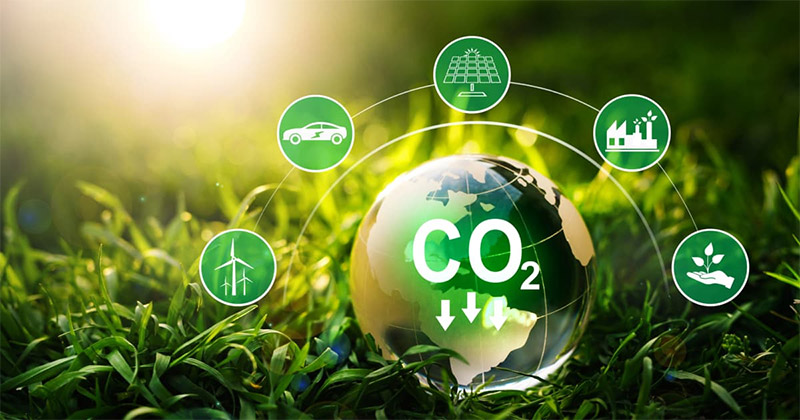
Appendix: Relevant Statistics and Future Development Trends
With ongoing technological advancements and increased global awareness of climate change, carbon emissions are expected to gradually decrease in the future. The promotion of renewable energy and low-carbon technologies, along with the implementation of stricter policies and regulations, will provide strong support for achieving global emission reduction goals. Furthermore, international cooperation is essential to improve the global climate governance system and collectively work towards a low-carbon future.

